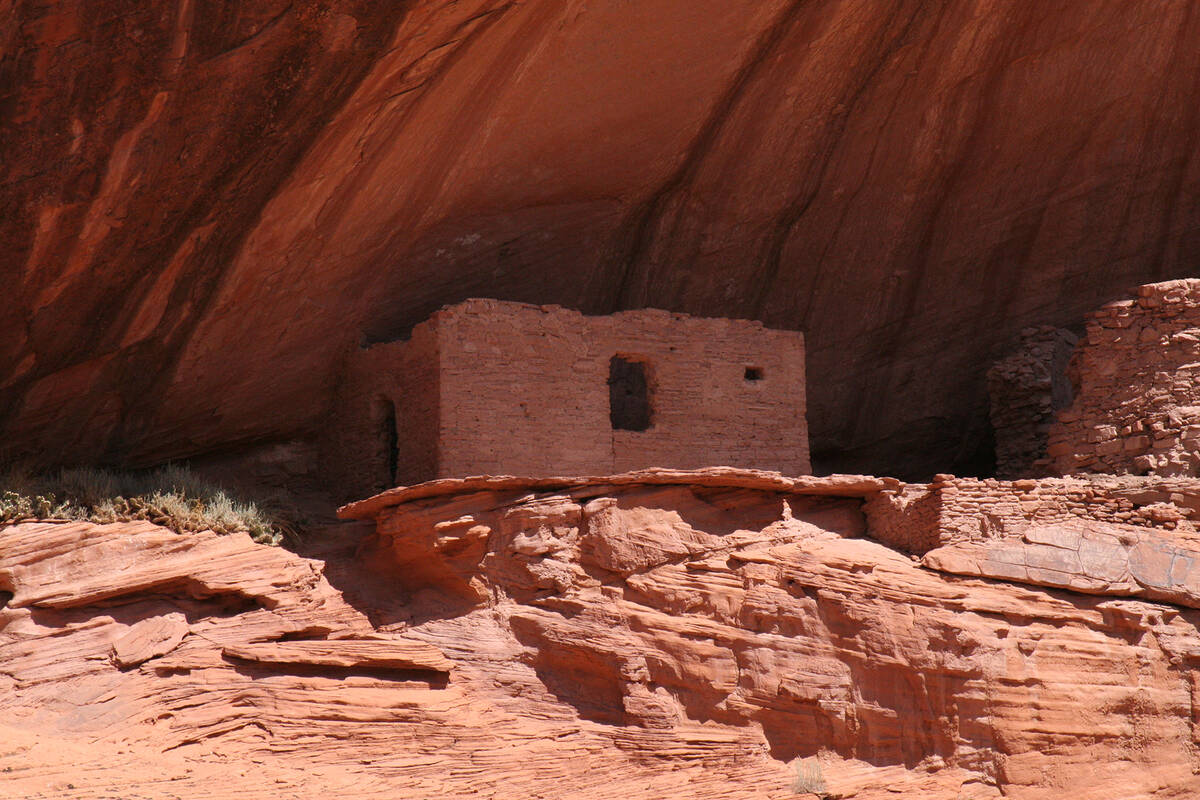Secrets Of Arizona’s Canyon De Chelly Villages

Have you ever wondered what life was like for ancient communities in the heart of Arizona? Canyon De Chelly holds the answers. This stunning national monument is not just a beautiful landscape; it's a living history book. Nestled within its towering red rock walls are the remains of ancient villages that tell stories of the people who once thrived there. These communities, known as the Ancestral Puebloans, built intricate cliff dwellings and farmed the land over 1,000 years ago. Today, visitors can walk through these historic sites, imagining the daily lives of those who called this canyon home. From the towering Spider Rock to the White House Ruins, each site offers a glimpse into a world long past. Whether you're a history buff or just love breathtaking views, Canyon De Chelly is a must-see destination that connects us to the rich tapestry of human history.
Discovering the Hidden Villages of Canyon De Chelly
Canyon De Chelly, located in northeastern Arizona, is a place of breathtaking beauty and rich history. This national monument is home to ancient villages that tell stories of the past. Let's explore some of these hidden gems nestled within the canyon walls.
Ancient Villages to Explore
These villages offer a glimpse into the lives of the Ancestral Puebloans and Navajo people who once called this canyon home. Each site has its own unique story and charm.
White House Ruin
This iconic site is one of the most famous in Canyon De Chelly. Named for the white plaster used on the upper dwelling, White House Ruin is accessible via a hiking trail that takes you down into the canyon. The trail offers stunning views and a chance to connect with history.Antelope House
Known for its beautiful rock art, Antelope House is a must-see. The site gets its name from the antelope paintings found on the canyon walls. These artworks provide insight into the culture and beliefs of the people who lived here centuries ago.Mummy Cave
Mummy Cave is one of the largest and most impressive cliff dwellings in the canyon. The site features multiple rooms and structures, showcasing the architectural skills of its builders. It's a testament to the ingenuity and resilience of the Ancestral Puebloans.Junction Ruin
Located at the junction of Canyon De Chelly and Canyon del Muerto, Junction Ruin offers a unique perspective on the canyon's history. This site includes several well-preserved structures that provide a window into the past.Sliding Rock Ruin
Perched high on a cliff, Sliding Rock Ruin is a fascinating site to visit. The name comes from the way the structures seem to slide down the rock face. It's a reminder of the challenges faced by those who built and lived in these remote locations.
Understanding the Cultural Significance
These villages are more than just historical sites; they are sacred places for the Navajo people. Understanding their cultural significance adds depth to your visit and helps preserve the legacy of those who came before.
Spider Rock
While not a village, Spider Rock is a significant cultural landmark. This towering spire is considered sacred by the Navajo, who believe it is the home of Spider Woman, an important figure in their mythology. The rock stands as a symbol of the canyon's spiritual importance.Massacre Cave
This site holds a somber place in history. Massacre Cave is where a tragic event occurred in the 1800s, when Spanish soldiers attacked a group of Navajo people. Visiting this site offers a moment of reflection on the struggles and resilience of the Navajo.First Ruin
As its name suggests, First Ruin is believed to be one of the earliest settlements in the canyon. The site provides valuable insights into the early inhabitants and their way of life. Exploring First Ruin is like stepping back in time to the beginnings of civilization in this area.
Tips for Visiting Canyon De Chelly
Before heading out to explore these villages, keep a few tips in mind to make the most of your visit. Respect the land and its history, and always follow guidelines to ensure the preservation of these precious sites.
Guided Tours
Consider taking a guided tour with a Navajo guide. They offer invaluable knowledge about the canyon's history, culture, and significance. Their stories bring the sites to life in a way that enhances your understanding and appreciation.Photography
Capture the beauty of Canyon De Chelly, but remember to be respectful. Some areas may have restrictions on photography, especially those with cultural significance. Always ask for permission when in doubt.Hiking and Safety
Wear appropriate footwear and bring plenty of water. The trails can be challenging, so prepare accordingly. Stay on designated paths to protect both yourself and the environment.
Canyon De Chelly's villages are a testament to the enduring spirit of the people who lived there. Each site offers a unique glimpse into the past, inviting you to connect with history and nature in a profound way.
Reflecting on Arizona's Hidden Gem
Canyon De Chelly offers a unique glimpse into Arizona's rich history and breathtaking landscapes. The ancient villages nestled within its walls tell stories of the Ancestral Puebloans and Navajo people, showcasing their resilience and connection to the land. Exploring these hidden gems provides a deeper understanding of the cultural significance and natural beauty that define this region. Whether you're hiking the trails, marveling at the towering cliffs, or learning from the Navajo guides, each experience adds to the tapestry of memories woven in this remarkable place. As you leave, the echoes of the past linger, reminding you of the enduring spirit of those who called Canyon De Chelly home. This journey not only enriches your appreciation for Arizona's history but also inspires a sense of wonder and respect for the timeless landscapes that continue to captivate visitors.

